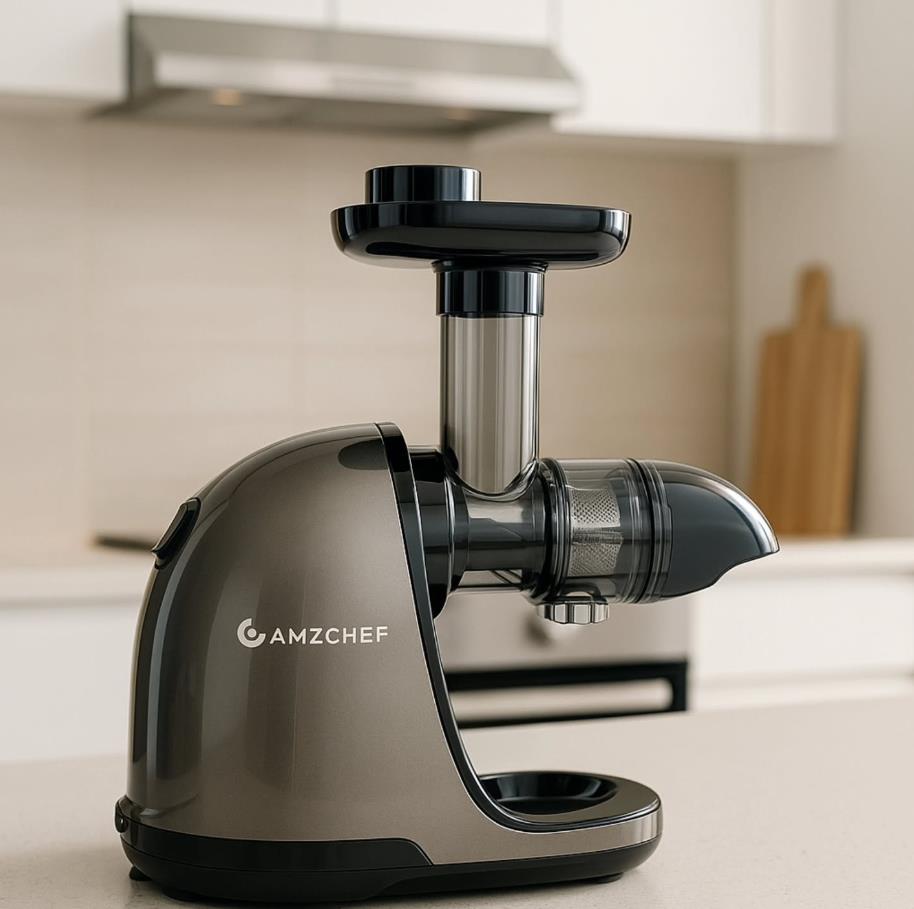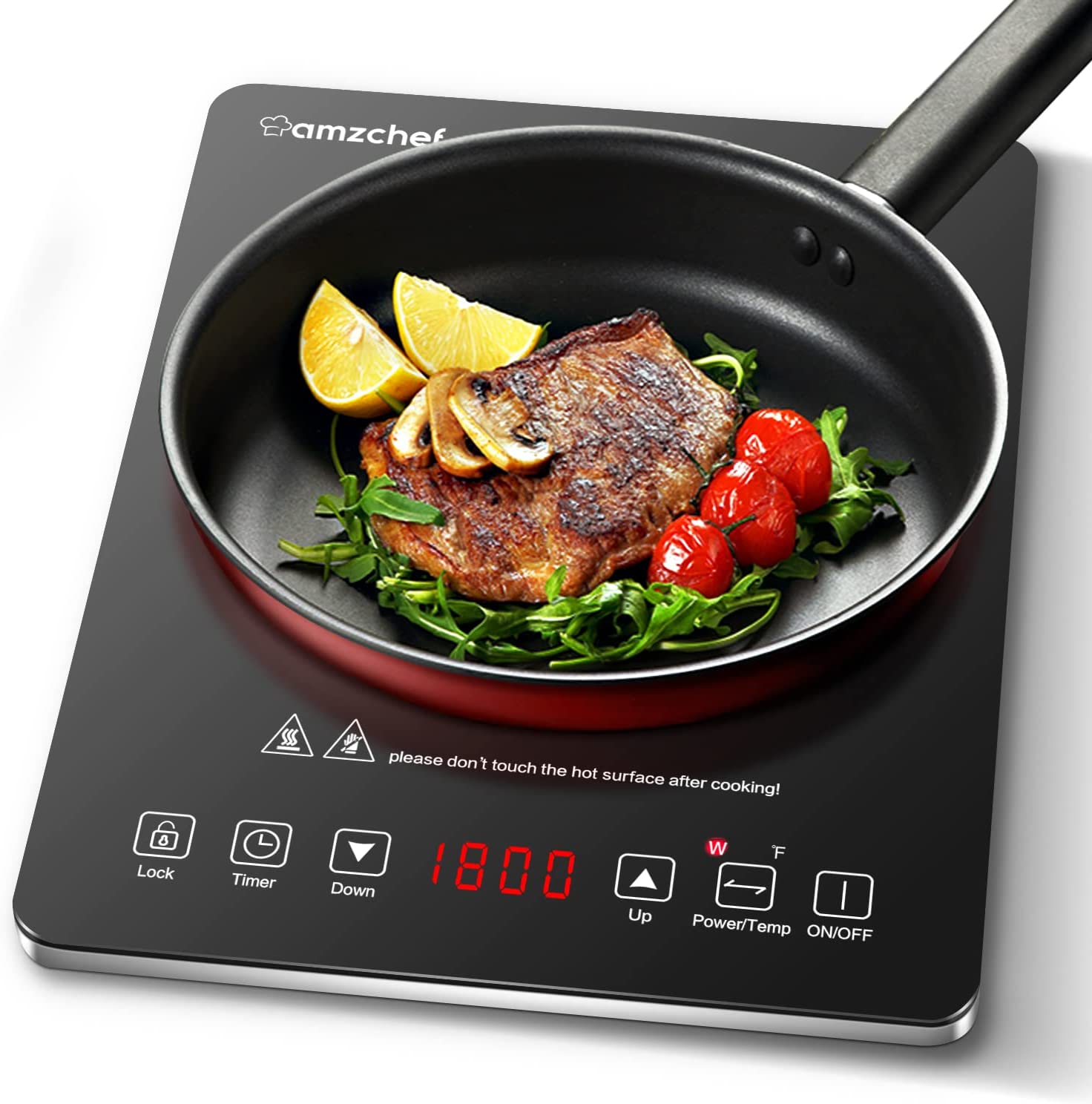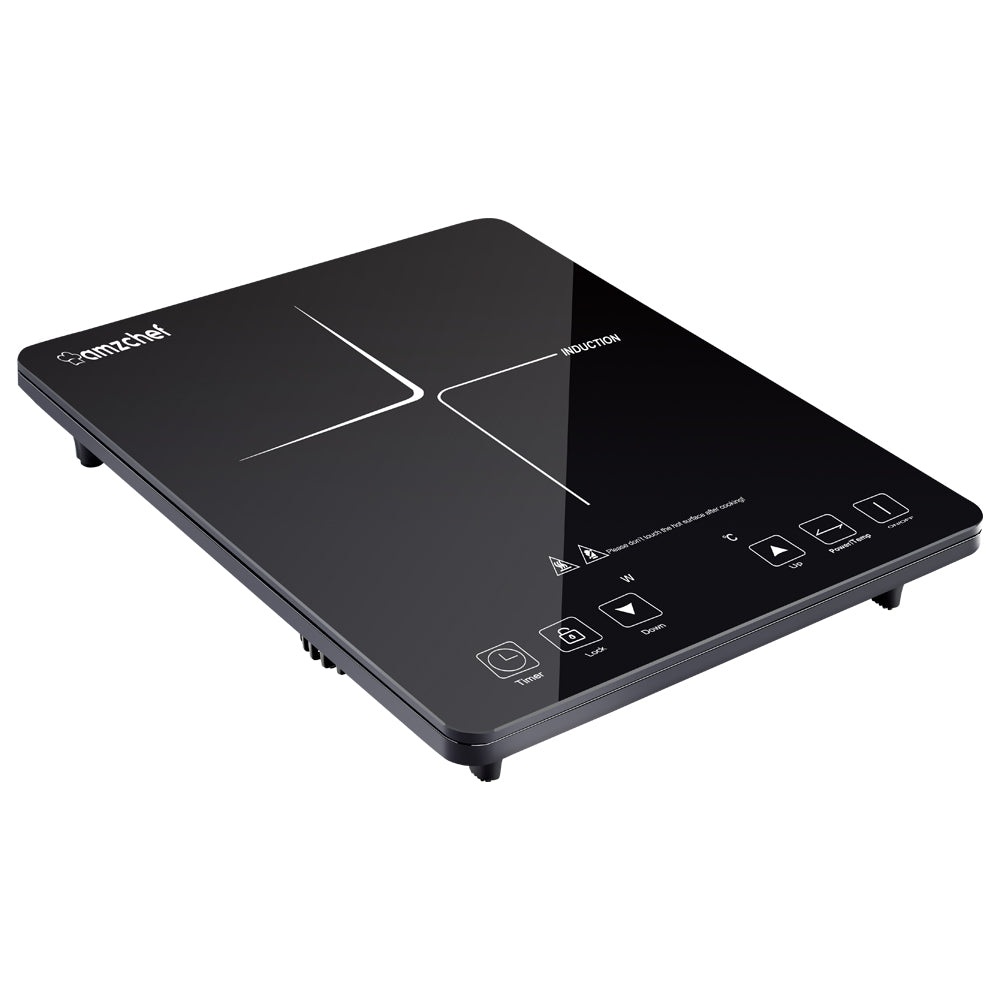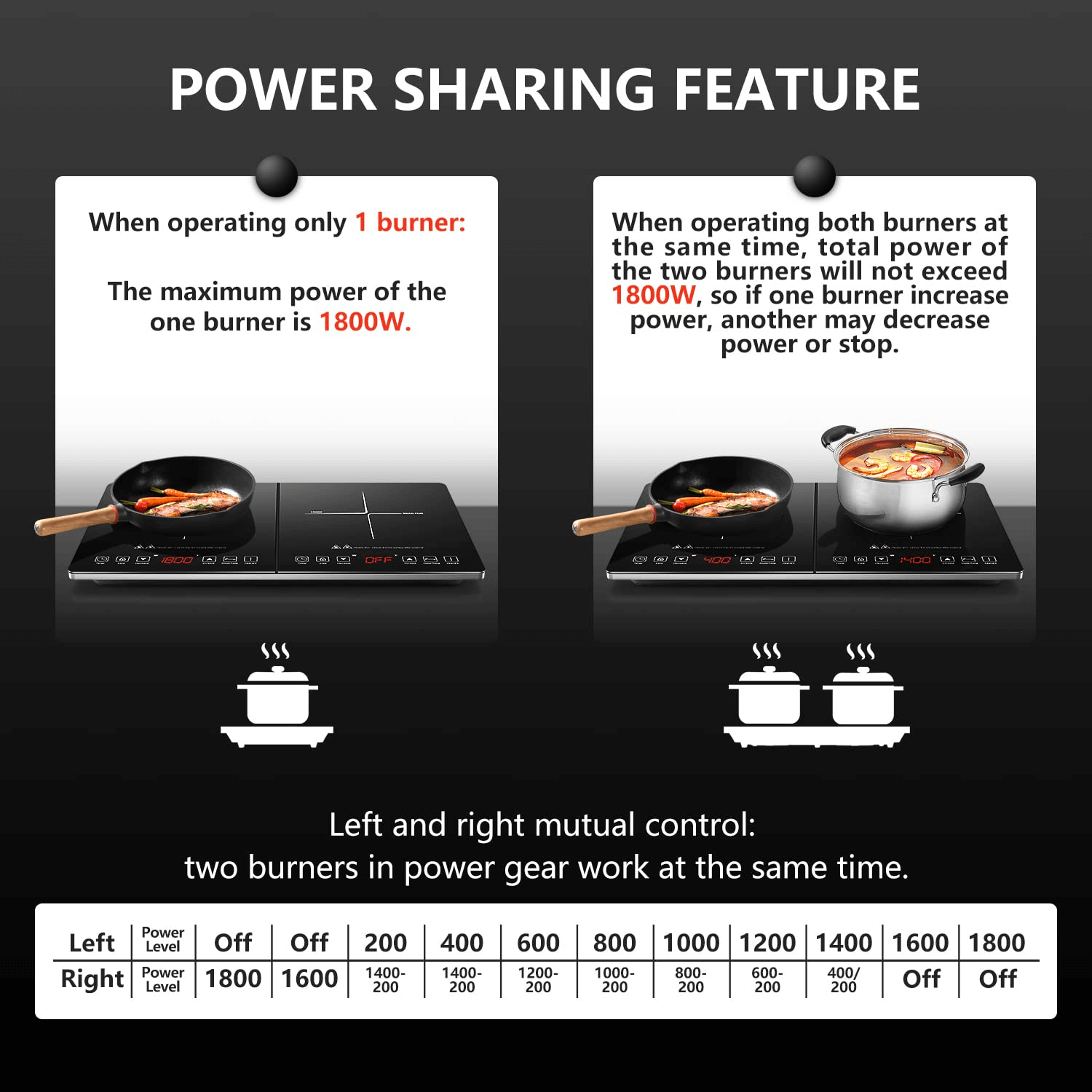How to Choose Coffee Beans in 2025: Avoid Bitter Beans with This Pro Guide
You brew your coffee every morning, but somehow, it never tastes quite right — too bitter, too flat, or missing that café-style aroma.
The real issue isn’t your machine — it’s the coffee beans you’re using.
Choosing the right beans can completely change your cup, from dull and harsh to smooth and aromatic.
What You’ll Learn
- How to choose the right coffee beans based on origin, roast level, and freshness.
- The difference between medium vs dark roast flavors — and which suits espresso best.
- How to identify unevenly roasted or bitter coffee beans, and how to fix common brewing issues.
- Why coffee origin (Colombia, Ethiopia, Indonesia, etc.) dramatically changes aroma and taste.
- How to read a coffee label like a pro — from roast date to flavor notes and quality indicators.
Step 1: Check the Origin — The Coffee’s “Fingerprint”
Each coffee origin brings its own unique flavor profile:
| Factor | How It Shapes Flavor |
|---|---|
| 1. Altitude | ↑ elevation = cooler nights → slower cherry ripening → more sugar + acid = bright, fruity (e.g., Kenya 1,800m = berry jam). |
| 2. Soil & Microclimate | Volcanic soil (Ethiopia) = mineral notes. Clay-rich (Brazil) = nutty body. |
| 3. Variety | Geisha = jasmine tea. Bourbon = caramel. Same farm, different DNA. |
| 4. Processing | Washed = clean, citrus. Natural = winey, blueberry. Same bean, different prep. |
-
Central & South America – Balanced, sweet, and fruity with bright acidity.
-
Africa (e.g., Ethiopia, Kenya) – Floral, tea-like, and complex in aroma.
-
Asia (e.g., Indonesia, Vietnam) – Deep, earthy, with chocolate or nutty tones.
📌 Pro tip: If you enjoy a bright, fruity taste, try African or Latin American beans.
Prefer a heavier, low-acid flavor? Go for Asian beans.
🔍 Next-level hack: Check altitude on the bag:
- >1,500m = vibrant, complex (Africa/Latin America).
- <1,300m = heavier, nuttier (Brazil/Indonesia).
Step 2: Choose the Right Roast Level — Balancing Bitterness and Aroma
Roast level is the heart of flavor control:
-
Light Roast: Highlights acidity and floral notes — best for pour-over or filter.
-
Medium Roast: Balanced acidity and sweetness; ideal for everyday brews.
-
Dark Roast: Intense and bold, perfect for espresso lovers.
Start with a medium roast — it’s the most forgiving and helps you find your preferred direction later.
🔥 Science bite:
- First crack (~195°C): acids peak.
- Second crack (~225°C): sugars caramelize → bitterness ↑.
- SCA rule: Dark roasts lose 60% origin character.
⚖️ Bitterness fix:
- Too bitter? → Drop 1 roast level or lower brew temp 3°C.
- Too sour? → Extend extraction 15s or go darker.
| Roast | Flavor Profile | Best For |
|---|---|---|
| Light | Bright acid, floral, tea-like | Pour-over, cold brew |
| Medium | Chocolate, nuts, balanced | Drip, Aeropress |
| Dark | Caramel, smoke, low acid | Espresso, milk drinks |
Step 3: Check Freshness — Don’t Let Stale Beans Ruin It
Freshness is the silent killer of great coffee.
-
Always look for the roast date, not just “best before.”
-
Beans are best within 30 days of roasting.
-
Pick bags with one-way air valves that release gas but block oxygen.
💡 Storage tip: Keep beans in an airtight container in a cool, dry place. Avoid refrigerating — moisture ruins flavor.
Step 4: Whole Beans vs Ground — Always Go Fresh
Grinding accelerates oxidation and aroma loss.
That’s why whole beans are always better if you own a grinder.
If you must buy pre-ground, store it in a sealed jar and use it within 1–2 weeks.
Data insight: According to the Specialty Coffee Association (SCA), freshly ground beans retain 30% more aromatic oils than pre-ground coffee.
Step 5: Read the Packaging — Small Details, Big Difference
Quality coffee packaging usually includes:
-
Origin & roast information (e.g., “Colombian – Medium Roast”)
-
Flavor notes (like “citrus,” “nutty,” or “chocolate”)
-
Roast date (not just expiration date)
Avoid beans that only say “100% Arabica” with no extra info.
Good brands are transparent about where and how their beans were produced.
My Experience
After testing over 50 types of coffee beans in the past decade, I learned one thing: good coffee starts long before brewing — it starts at selection.
I used to buy beans based only on brand or price, and my cups tasted wildly inconsistent. Once I began tracking roast date, origin, and flavor profile, my results improved dramatically.
My Top 5 Big-Brand Picks
- Starbucks Pike Place – Medium, chocolate-caramel, drip king.
- Lavazza Gran Crema – Med-dark, hazelnut crema, espresso hero.
- Peet's Major Dickason's – Dark, smoky spice, milk-drink champ.
- Illy Classico – Medium, floral-honey, AeroPress star.
- Dunkin' Original – Medium, smooth daily, budget MVP.
| Brand | Roast | Flavor | Price | Best For |
|---|---|---|---|---|
| Starbucks Pike Place | Medium | Chocolate-caramel | ≈$12 | Drip king |
| Lavazza Gran Crema | Med-dark | Hazelnut crema | ≈$18 | Espresso hero |
| Peet’s Major Dickason’s | Dark | Smoky spice | ≈$16 | Milk champ |
| Illy Classico | Medium | Floral-honey | ≈$20 | AeroPress star |
| Dunkin’ Original | Medium | Smooth daily | ≈$10 | Budget MVP |
Customer Common Mistakes
| Mistake | Result | Fix |
|---|---|---|
| Freezer storage | Oil clumps, absorbs fridge odor | Room temp, airtight |
| Buying 2 lbs at once | Oxidation | Buy 2-week supply |
| Trusting “100% Coffee” | Likely low-grade Robusta | Look for “100% Arabica” |
FAQ(Based on Summary from Social Media)
Why does my coffee always taste bitter or burnt, and how can I fix it?
A: Overly dark roast or old beans cause bitterness. Switch to medium roast, use beans under 3 weeks old, and brew at 92–96°C to balance flavor.
How can I tell if my coffee beans are stale before brewing?
A: Fresh beans smell rich and may show light oil. No aroma, dry, or brittle? They’re stale. Always buy bags with roast date and one-way valve.
What causes some coffee beans to be unevenly roasted, and how to avoid them?
A: Large batches with poor airflow cause sour or burnt beans. Choose “small-batch” or “hand-roasted” brands for consistent flavor and quality control.
Should I buy whole coffee beans or pre-ground, and why does it matter for freshness?
A: Whole beans stay fresh longer—grind minutes before brewing. Pre-ground oxidizes fast, losing aroma and sweetness. Invest in a burr grinder.
What’s the best roast level for making espresso at home?
A: Medium to dark roast gives rich body and crema. Light roasts offer fruit notes but can taste sharp. Adjust based on your machine.
Your Turn – Let’s Fix Your Coffee
📸 Snap your current bag → Post it in the comments → I’ll tell you:
- Exact flavor to expect
- If it’s worth keeping
- Your perfect brew settings
🟢 Let’s make every morning taste like a $6 café ☕
Learn More: How to Make a Cafe with One Button







